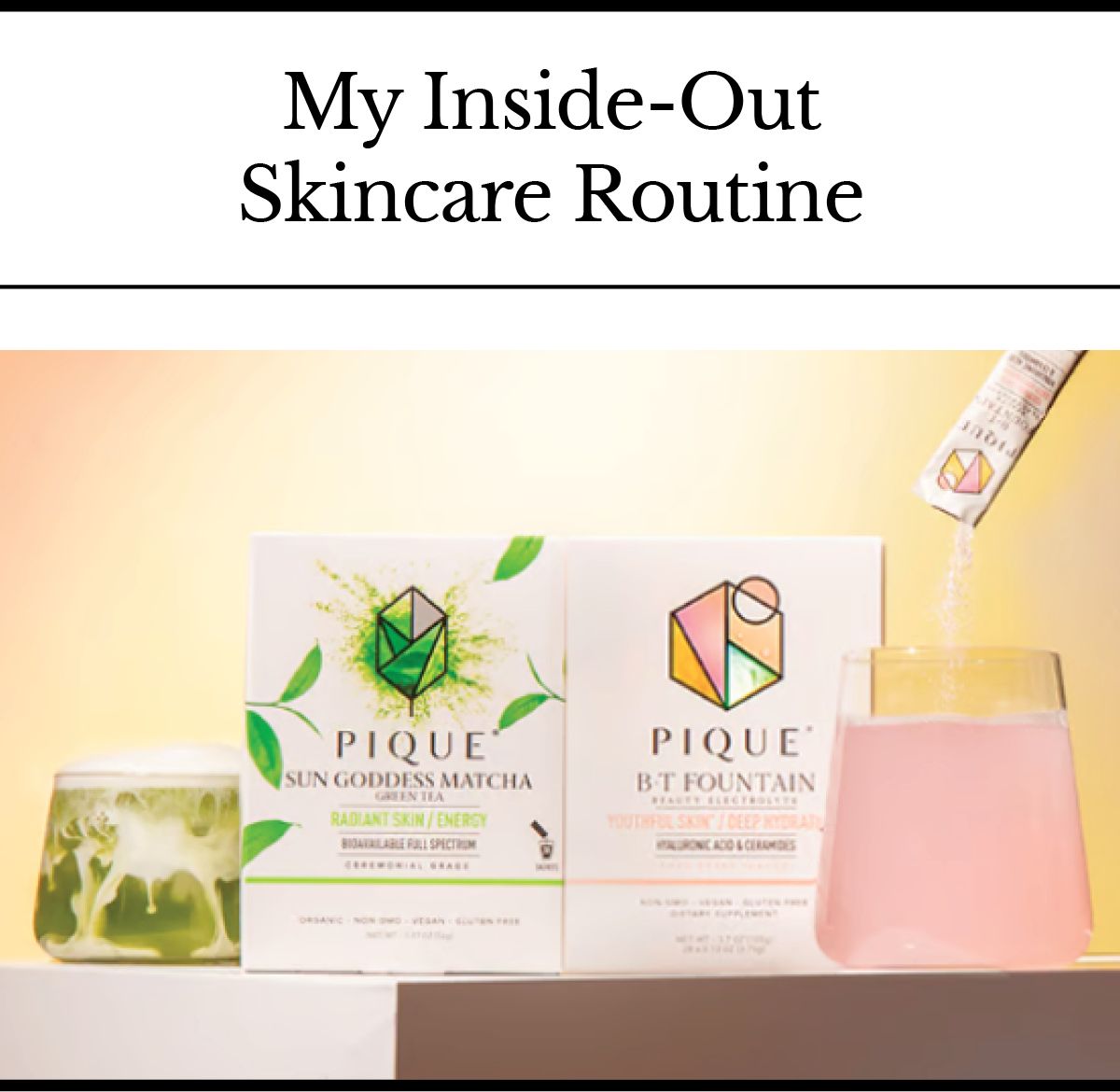- Today's Ajenda
- Posts
- TODAY'S AJENDA #84
TODAY'S AJENDA #84
Welcome to TODAY'S AJENDA!
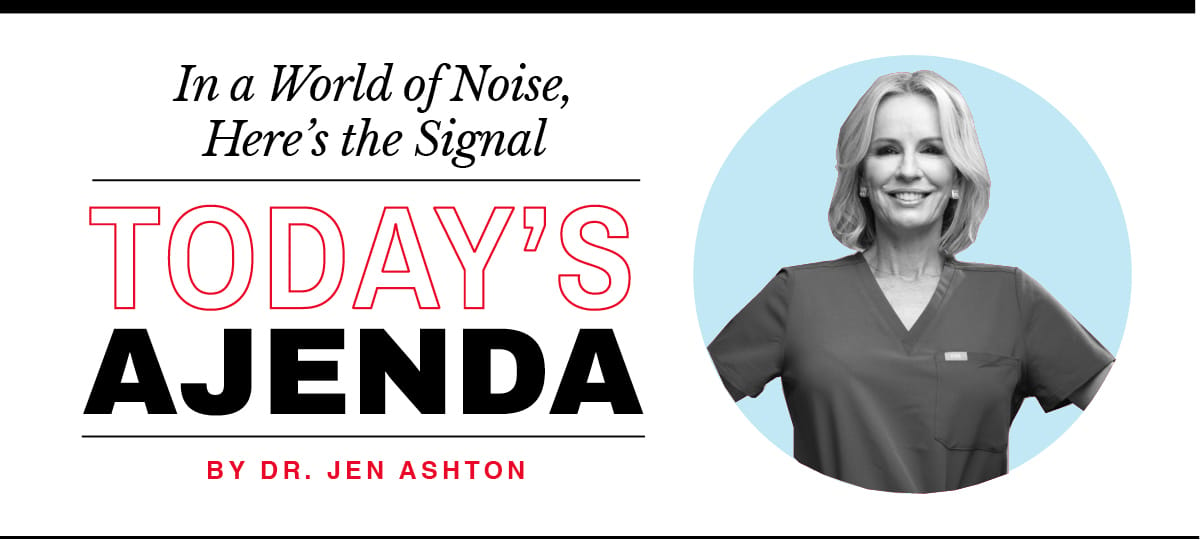
Hi there! I have exciting news: The Ajenda team is growing! Here are the details:
For more information about the role and how to apply, click below!
Now, onto Today’s Ajenda. ✨
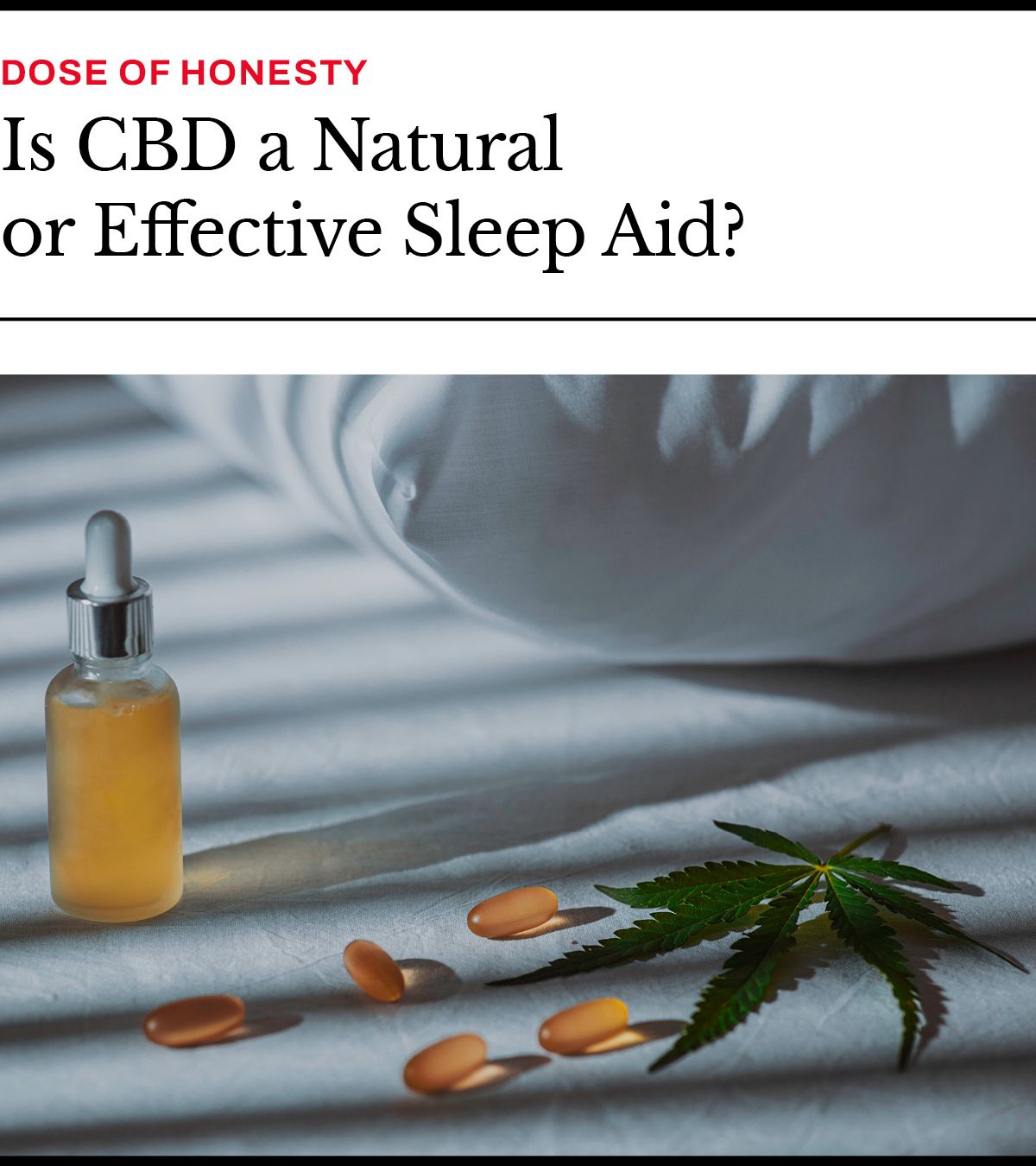
Google “CBD for sleep,” and you’ll find dozens of brands swearing their tinctures and gummies will help you fall asleep faster and stay asleep longer. Since CBD comes from the cannabis plant, you might think:
“Well, it’s natural. Natural means effective and safe, right?”
Not quite. “Natural” doesn’t equal helpful or harmless. Poison ivy is natural. So is arsenic. The real question isn’t where CBD comes from, but whether the science supports it as a sleep aid.
The answer? A big, unsatisfying “meh.” The American Academy of Sleep Medicine (AASM) reviewed the evidence and found there isn’t enough data yet to recommend CBD for any sleep disorder.
What the Research Actually Shows
The studies we do have are few and far from conclusive:
One study found CBD improved perceived sleep quality (meaning people felt they’d slept better, which could be a placebo effect). However, it didn’t measure objective sleep measures and was conducted on healthy college students, not people struggling with insomnia.
A 2024 study tested CBD in people with actual insomnia and found a similar pattern: participants reported feeling more well-rested, but it didn’t actually improve insomnia.
In other words? CBD may help you feel better without affecting your sleep. And when researchers compared CBD to melatonin? The results were…underwhelming.
Zoom In: A study of 1,793 adults with sleep issues found no significant difference between 15 mg of CBD and 5 mg of melatonin.
Both groups reported sleeping slightly better, but CBD didn’t outperform melatonin, which is cheaper, better studied, and doesn’t have the same dosing and drug interaction issues.
Which brings us to the cons of CBD.
The Cons of CBD
Now for the less glamorous realities:
CBD is poorly regulated.
CBD products can be dramatically mislabeled:
Science Says: A study of 84 CBD products found nearly 70% were mislabeled. Some had far less CBD than advertised, while others had enough THC to cause intoxication or show up in a drug test.
Plus? There's no FDA oversight requiring these companies to prove their labels are accurate before they hit shelves.
CBD can cause unwelcome drug interactions.
CBD can interfere with your liver’s ability to process medications like blood thinners, statins, antidepressants, and blood pressure drugs, causing them to build up to potentially dangerous levels.
Doctor’s Rule of Thumb: If your prescription says "avoid grapefruit," be cautious with CBD. Both block the same liver enzyme (CYP3A4).
Not on any medications? Even healthy adults aren’t entirely in the clear:
Science Says: One study found that 5.6% of people taking CBD developed elevated liver enzymes. Levels normalized after stopping CBD, but this suggests CBD could stress your liver even without other drugs in the mix.
My Rx For Taking CBD
If you were my patient and wanted to try CBD, here’s what we’d do:
Start with evidence-first tools.
Before discussing CBD, I’d first recommend cognitive behavioral therapy (CBT-I). It’s the gold standard for treating insomnia with proven (and long-lasting) results.
Fix the basics.
Next, we’d optimize your sleeping environment. The bedroom should be cold (66-67 degrees is ideal), dark (no blue lights, streetlights, or night lights if possible), and quiet.
I’d also suggest cutting out behaviors that hinder sleep, like caffeine after 12 PM, drinking alcohol, and not getting daily exercise.
Try CBD like a scientist would.
Talk to your doctor and bring your medication list so they can flag any potential drug interactions. Also, don’t buy whatever pops up first on Google! Only purchase third-party tested products.
Then: start low and go slow. Begin with 10-25 mg and give it at least two weeks. Track your sleep and how you feel each morning. Groggy? Dizzy? Nauseous? Write it down.
Watch for liver warning signs. Discomfort in your upper right abdomen, dark urine, or unusual fatigue are red flags. If you notice any of these, stop the CBD and call your doctor.
I’m not against CBD. But it has to be done thoughtfully. Loop in your care team and let your own sleep diary guide you, not the glitzy marketing.
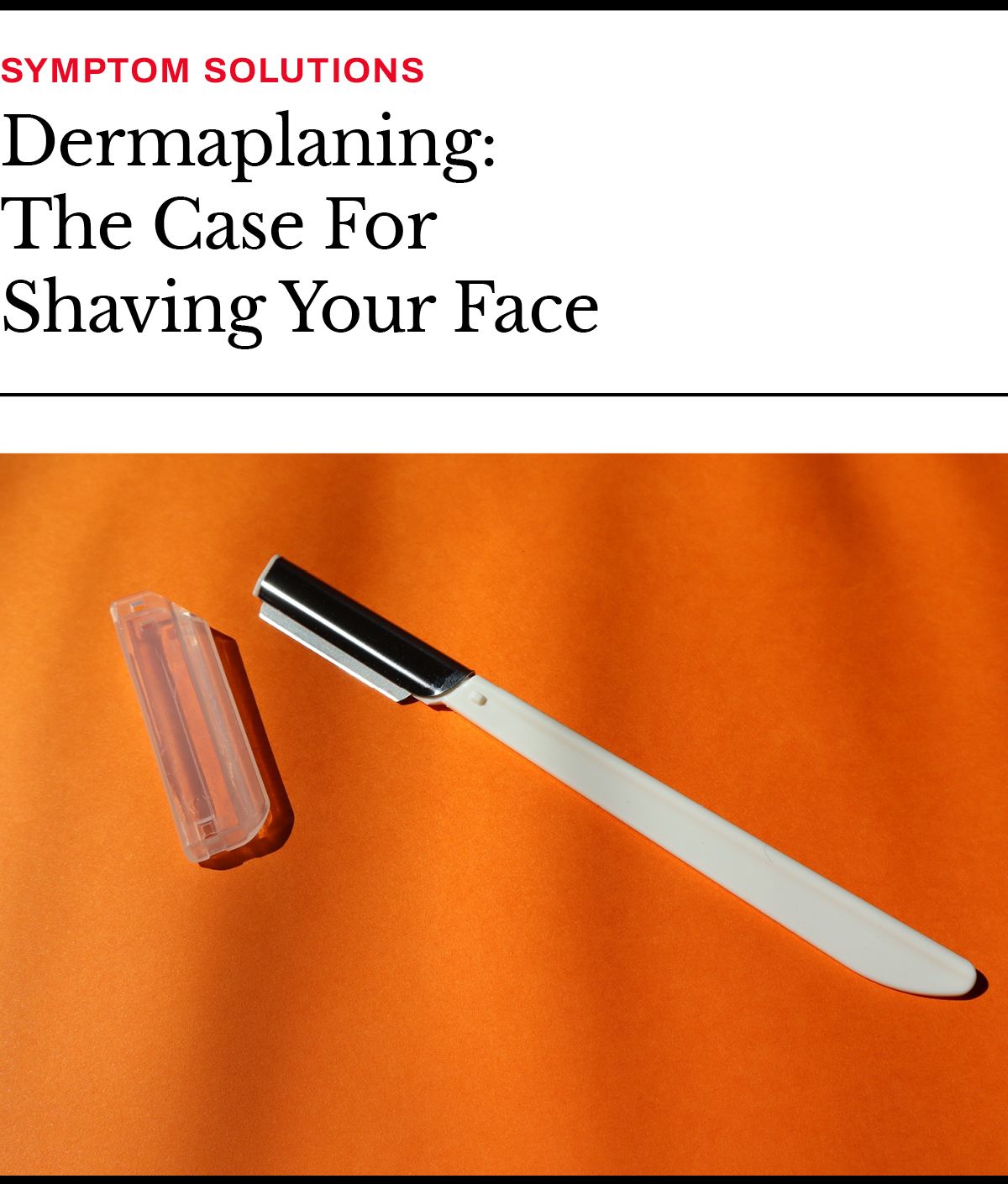
After years of trying every skincare trend under the sun (and that includes snail mucin), the one that consistently gives me glassy skin is surprisingly simple: dermaplaning.
The What: Dermplaning is a cosmetic procedure that removes the top layer of the dead skin and fine vellus hair (“peach fuzz”) using a single-use surgical blade.
“Hang on. How is that different from shaving?”
With shaving, you’re trimming hair. But with dermaplaning, you hold the blade at a 45-degree angle to exfoliate, scraping away your skin’s outermost layer.
The result is immediately brighter, smoother skin (with no downtime!) that lets makeup glide on like butter since there are no dry patches or fine hairs.
And with that buildup of dead cells and peach fuzz gone, skincare products penetrate more deeply (especially water-based products) and become more effective.
Is Dermaplaning Safe For Mature Skin?
It is! But there are caveats.
As estrogen drops during menopause, your skin becomes thinner and easier to irritate. That means your dermaplaning technique is everything. Tug too hard, and you could damage your skin.
That’s why I’d recommend you do dermaplaning through a professional. But if you’d rather DIY, use a feather-light touch and replace your blade after every use (dirty blades = higher infection risk).
Also:
Prep the skin: Cleanse and make sure your skin is dry. Any leftover oil and moisture could cause your blade to drag and skip, increasing your risk of nicks.
Dermaplane down: Glide the blade in the direction of hair growth. Never go up (like the way a man shaves his beard).
Hydrate afterward: Use a gentle moisturizer and broad-spectrum SPF, as your skin is temporarily more sensitive to the sun.
Every 3-4 weeks is plenty: Your skin needs time to regenerate its protective barrier, especially as cell turnover slows with age.
“But doesn’t dermaplaning cause more fuzz to grow?”
That’s a myth. Vellus hair (peach fuzz) doesn’t change texture or thickness after you cut it. It’ll grow back more or less the same.
Read This Before You Start Dermaplaning:
If you have acne, eczema, psoriasis, rosacea, open wounds, or just generally sensitive skin, I wouldn’t recommend dermaplaning. Also, tread carefully if you use any topical retinoids or exfoliating acids.
Zoom In: Stop using products with ‘actives’ (powerful ingredients like retinol) 3-5 days before and after dermaplaning. Why? Layering chemical exfoliation on top of mechanical exfoliation can be a recipe for irritation.
Dermaplaning can give you baby-soft skin, but it’s still just exfoliation. The results are temporary. For lasting skin health, you need to look beyond what you scrape off and focus on what you’re putting in your body.
P.S. Curious about my full skincare routine? I’m sharing the products I swear by (and skin tips I’ve learned) in this Friday’s Off Duty newsletter. This routine took years of trial and error, and I’m distilling it all into one guide that I won’t share anywhere else.
As a nutritionist, a doctor, and a woman in menopause, I can tell you no amount of dermaplaning will fix dehydrated, nutrient-deficient skin. Without proper hydration and nutrients, glowing, bouncy skin is an uphill battle.
I’ve always prioritized a healthy diet, but when I started Pique’s Radiant Skin Duo* a year ago, I was surprised by just how much my skin changed. Here’s their protocol:
☀️ AM: Sun Goddess Matcha - A ceremonial-grade matcha packed with EGCG antioxidants to help firm and brighten skin. I have this every single morning.
🌕 PM: B•T Foundation - A yuzu berry organic flavored beauty electrolyte with ceramides and hyaluronic acid for deep hydration. This one I mix with my water throughout the day.
Within months of starting Pique’s Radiant Skin Duo, people started commenting on my skin. The only thing that had changed was Pique! Today, my skin feels dewy, fresh, and hydrated, regardless of my hectic travel schedule or those dry, colder days.
While these sachets aren’t a replacement for a healthy diet, hydration, and topical skincare, they’re a powerful complement and a great way to implement the approach of treating your skin from the inside out!
The Pique team was kind enough to offer 20% off for life, plus a gift for Ajenda members when you subscribe. Get your discount right here.
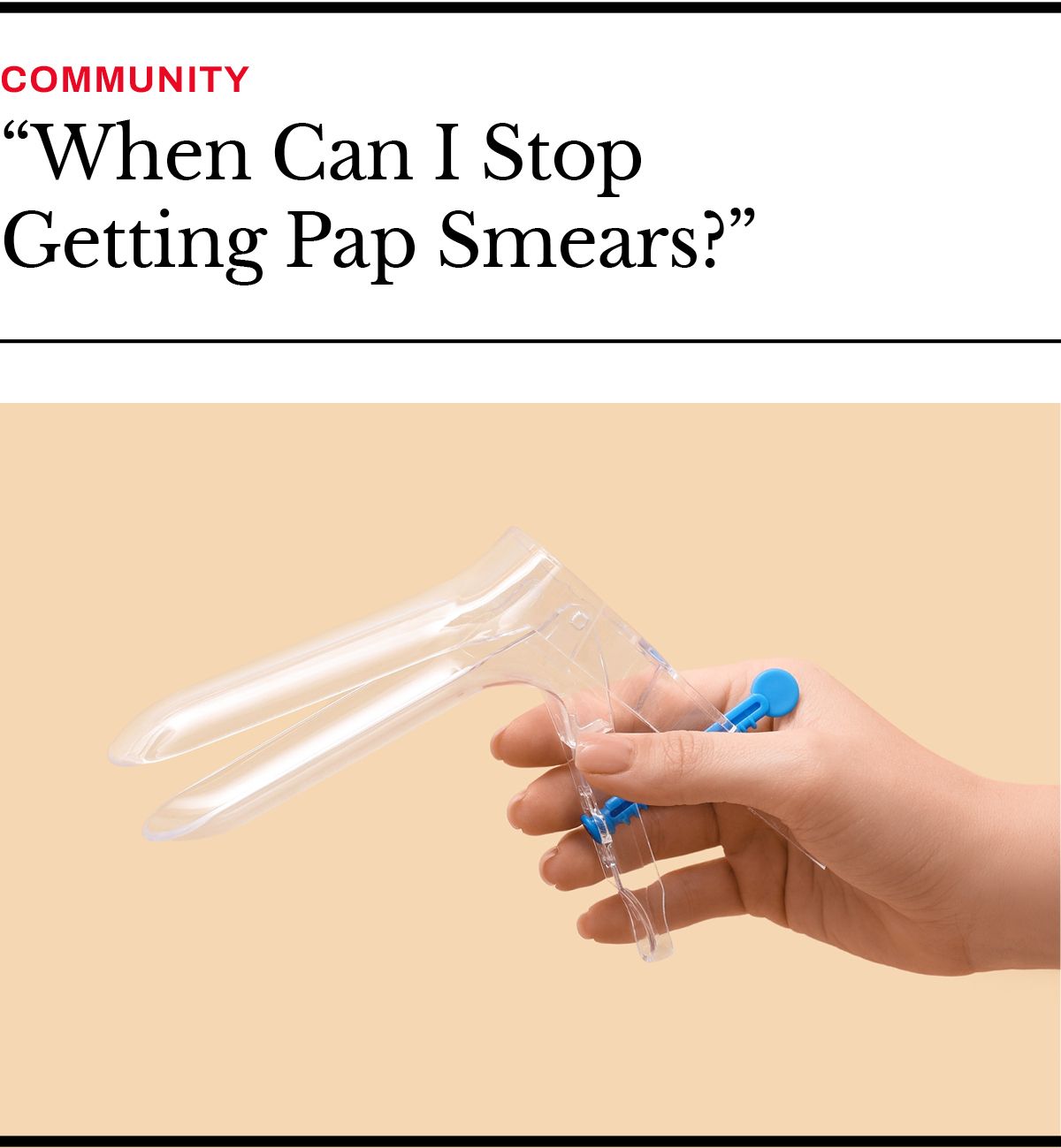
Most women would rather schedule a root canal than a Pap smear (at least with the root canal, you get laughing gas or local anesthesia). But Pap smears have saved countless lives since the 1940s, and as a gynecologist, they’re the bread and butter of what we do.
When done right, they’re only 5-10 minutes long and painless. (If yours isn’t, that’s a problem. Talk with your doctor!)
Still, after decades of stirrups and paper gowns, it’s fair to wonder: When can I stop doing this?
The short answer: It depends. Most guidelines say you can stop at 65 if you meet certain criteria. But why that age? It comes down to what we’re screening for and why your risk changes over time.
What Are We Actually Screening For?
Cervical cancer. Or more specifically, the changes that lead to it.
Pap smears detect abnormal cervical cells, and nearly all those changes are caused by persistent HPV infection (human papillomavirus).
Because HPV is transmitted sexually, your risk of developing cervical cancer drops as you age, especially if you’ve had consistently normal results and aren’t exposed to new partners.
The 3 Key Criteria Over Age 65
According to ACOG, you can stop cervical cancer screening at 65 if you check three boxes:
At least three consecutive negative Pap tests or two consecutive negative HPV tests in the past 10 years.
No history of abnormal results (like CIN2 or higher).
No history of cervical cancer, pre-cancer, and you’re not immunocompromised.
Meet all three? Congrats, you’ve retired from Pap smears.
Doctor’s Note: This does not mean you can ditch your annual gynecology exam. Gynecologists are primary care doctors for the entire woman. We screen for breast disease, depression, anxiety, metabolic syndrome, heart disease, osteoporosis, etc.
And foregoing the pap smear doesn’t mean skipping the speculum. Your doctor should still be doing a visual inspection of the vagina and cervix.
What If You’ve Had a Hysterectomy?
If your cervix was fully removed for benign reasons (think fibroids or heavy bleeding) and you have no history of precancer, you’re off the hook.
But if your cervix was left in place—or your hysterectomy was done because of cancer or high-grade changes—you definitely still need screening.
What About New Sexual Partners?
If you’re over 65 and have been busy (wink wink), then yes, you could technically be exposed to HPV again. However, ACOG doesn’t recommend restarting screening.
The Why: At this age, your body is much better at clearing HPV infections, and new cases rarely progress to cancer.
Can I Keep Doing It for Peace of Mind?
After decades of testing, it can feel strange to just…stop.
But unnecessary Pap smears can lead to a cascade of false positives, anxiety, unwarranted procedures, and mounting costs, all without improving outcomes.
It’s not worth the trouble, as cervical cancer is rare if you’ve had adequate prior screening. That’s the magic phrase: adequate prior screening. If you’re under 65, keep showing up to your annual appointment.
But if you’re over 65 and meet the criteria? Ask your doctor if it’s time to cross it off for good. For many women, it’s a medical milestone worth celebrating!

Did you enjoy Today’s Ajenda? It would mean the world if you left us a testimonial!

ABOUT DR. JEN
In her former roles as chief medical correspondent for ABC News and on-air cohost of “GMA3: What You Need to Know,” Dr. Jennifer Ashton—”Dr. Jen”—has shared the latest health news and information with millions of viewers nationwide. As an OB-GYN, nutritionist, and board-certified obesity medicine specialist, she is passionate about promoting optimal health for “the whole woman.” She has authored several books, including the national best-seller, The Self-Care Solution: A Year of Becoming Happier, Healthier & Fitter—One Month at a Time. And she has gone through menopause…
Forwarded this email?

Missed the last issue?

*Note: This newsletter includes affiliate links. Sponsors may earn a commission if you purchase.

This material is provided solely for informational purposes and is not providing or undertaking to provide any medical, nutritional, behavioral or other advice or recommendation in or by virtue of this material. This newsletter is for general informational purposes only and does not constitute the practice of medicine, nursing or other professional health care services, including the giving of medical advice, and no doctor/patient relationship is formed. The use of information on this newsletter or materials linked from this newsletter is at the user’s own risk. The content of this newsletter is not intended to be a substitute for professional medical advice, diagnosis, or treatment. Users should not disregard, or delay in obtaining, medical advice for any medical condition they may have, and should seek the assistance of their health care professionals for any such conditions.



